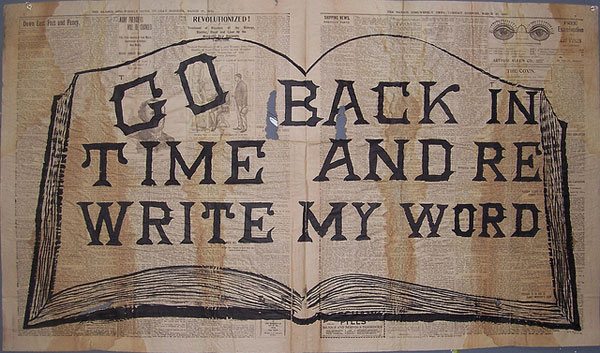
February 28, 2018; Indian Country Today
Indian Country Today, which had shut down last September, is back in business. Last month, the media outlet reports, ownership was transferred from the Oneida Indian Nation in New York, which had operated the paper since 1998, to the National Congress of American Indians (NCAI), a Washington, DC-based nonprofit that has advocated on behalf of American Indians since 1944.
When NPQ profiled the shutdown of the paper last September, we noted that, according to publisher Ray Halbritter, the publication was “taking a hiatus to consider alternative business models.” At the time, it was not clear if the “hiatus” would indeed be temporary or was a euphemism for permanent closure. We are heartened that it has proven to be the former.
It’s no surprise that the “alternative business model” selected has turned out to be a nonprofit-based one. NPQ has written regularly on the rising tide of nonprofit journalism. Last month, in one article on that trend, we quoted Ground Truth Project CEO Charles Sennott, who stated that after 30 years in the news business, it was his belief that “the nonprofit model is the best way to do mission-driven, in-depth journalism at all levels.”
That said, the task that Indian Country Today and its new owner face is not easy. Last September, former op-ed editor Raymond Cook estimated that “an annual investment of $2.5 million to $3 million until 2021” would be required to fully rebuild the publication.
Sign up for our free newsletters
Subscribe to NPQ's newsletters to have our top stories delivered directly to your inbox.
By signing up, you agree to our privacy policy and terms of use, and to receive messages from NPQ and our partners.
The new Indian Country Today editorial team is led by Mark Trahant (Shoshone-Bannock), who will serve as editor, and Vincent Schilling (Akwesasne Mohawk), who is associate editor. Indian Country Today indicates that it will begin by “publishing lightly,” but expects to shift to a new web platform and staff up in the spring.
Trahant is a well-known journalist. He publishes the Trahant Reports blog, is a former editor at the Seattle Post-Intelligencer, and teaches journalism at the University of North Dakota. Trahant will be at Indian Country Today full time once the spring semester ends. He is also a former president of the Native American Journalists Association and was elected a fellow of the American Academy of Arts and Sciences last fall. Schilling, who is associate editor, brings 10 years of experience with Indian Country Today. Schilling also cohosts the weekly radio program Native Trailblazers and has contributed to many other publications, both in the mainstream media and in Indian Country. Schilling is also the author of four books about American Indians.
Indian Country Today, seeks, Trahant says, to “be partners, not competitors, with tribal newspapers, public media, and web publishers.” As NPQ noted last year, while Indian Country Today has had its critics—including founder Tim Giago, who started the publication in 1991 before selling it to the Oneida in 1998—there is no question as to its importance; last August, the publication received 30 awards from the Native American Journalists Association.
Already, in its first two weeks, the revived publication has begun to deliver on its mission, as Trahant puts it, of delivering “professional, straight reporting that tells stories about Indigenous people and our nations.” Topics covered in the first two weeks of the reopened publication include the struggle for salmon habitat preservation in Alaska, stories about sexual misconduct allegations regarding famed Spokane-Coeur d’Alene author Sherman Alexie, a call by American Indian state legislators to create a task force to “address the endemic crisis of missing and murdered Native women in Minnesota,” leadership challenges at the federal Indian Health Service, and coverage of the campaigns of eleven American Indian candidates for Congress.
Trahant has been teaching journalism for the past seven years, and, as he tells his students, “This is a time of great opportunity. The digital world means that we can reach our audiences instantly. We can communicate ideas. We can explain a complicated process. We can expose wrongdoing. Or write a story of pop culture that makes us smile. We can invent a new kind of news organization, one built on the currency of imagination.”—Steve Dubb












